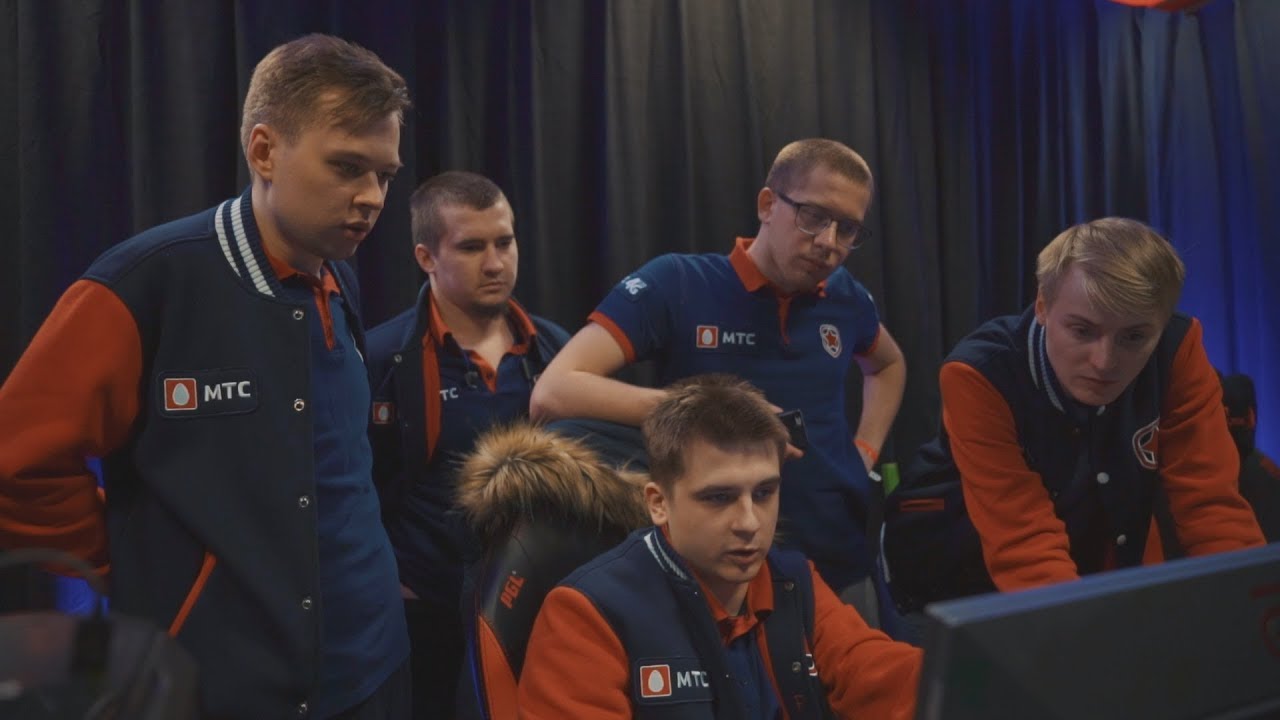The professional Dota 2 scene, a realm of strategic depth and unpredictable outcomes, annually undergoes a period of profound transformation known as the “reshuffle.” This offseason ritual, where teams dismantle and rebuild their rosters, is less about musical chairs and more about a high-stakes poker game played with player contracts and strategic vision. As the dust settles on this year`s transfer window, a familiar sense of anticipation hangs heavy in the air, signaling the imminent return of tier-1 championships.
This particular reshuffle, while perhaps not overflowing with the earth-shattering, headline-grabbing moves of seasons past, has nonetheless presented its own fascinating narrative. It`s a quieter evolution, a subtle recalibration rather than a revolution. Yet, for every organization and every fan, the central question remains: who played their hand best?
The Art of the Roster Reconfiguration
At its core, a Dota 2 reshuffle is a calculated gamble. Teams, often after a season of underperformance or a desire to reach the next competitive echelon, seek to optimize their five-player lineup. This isn`t merely about acquiring the most individually skilled players; it`s about engineering synergy. Imagine a finely tuned machine where each component, a player with their unique hero pool, role proficiency, and communication style, must operate in perfect concert. A star player might shine brightest when paired with specific support or given the right amount of space to farm, but without that crucial team cohesion, individual brilliance can quickly dissipate into collective mediocrity.
The metrics of a “successful” transfer are, therefore, multifaceted and elusive. Is it the player who instantly elevates their new team`s win rate? The one who fills a critical leadership void? Or perhaps the quiet acquisition who unlocks an entirely new strategic dimension for their squad? The answer, much like the intricate strategies employed in a Dota 2 match, is rarely singular. It`s a delicate balance of individual skill, team chemistry, adaptability, and, frankly, a healthy dose of luck. The irony, of course, is that while teams dedicate countless hours to scouting and negotiating, the ultimate arbiter of success remains the crucible of live tournament play. All the spreadsheets and theoretical analyses often yield to the raw, visceral reality of competitive pressure.
High Stakes, Higher Expectations
With the first major tournaments on the horizon, the pressure on these newly formed rosters is palpable. Each professional player carries not only their personal aspirations but also the hopes of their organization and, perhaps most importantly, their fervent fanbase. Expectations, a double-edged sword in the world of esports, can either fuel triumphant runs or exacerbate early stumbles.
Fans, ever the diligent critics, will be watching closely. Was that strategic support swap a stroke of genius or a misstep? Did moving a core player to an unfamiliar role truly pay off? These are the questions that will dominate discussions, fueling countless hours of analysis, debate, and, occasionally, playful internet memes. The competitive landscape of Dota 2 is unforgiving; there are no participation trophies, only titles and the coveted Aegis of Champions.
The Verdict Awaits
As the digital battlegrounds prepare to ignite once more, the true impact of this offseason`s transfers will soon be revealed. The theoretical strengths of revamped rosters will confront the practical realities of opponent strategies and tournament pressure. Whether these calculated risks will culminate in championship glory or serve as cautionary tales remains to be seen. One thing is certain: the journey promises to be as compelling and unpredictable as the game itself, reminding us that in Dota 2, even the quietest reshuffle can set the stage for epic narratives.

